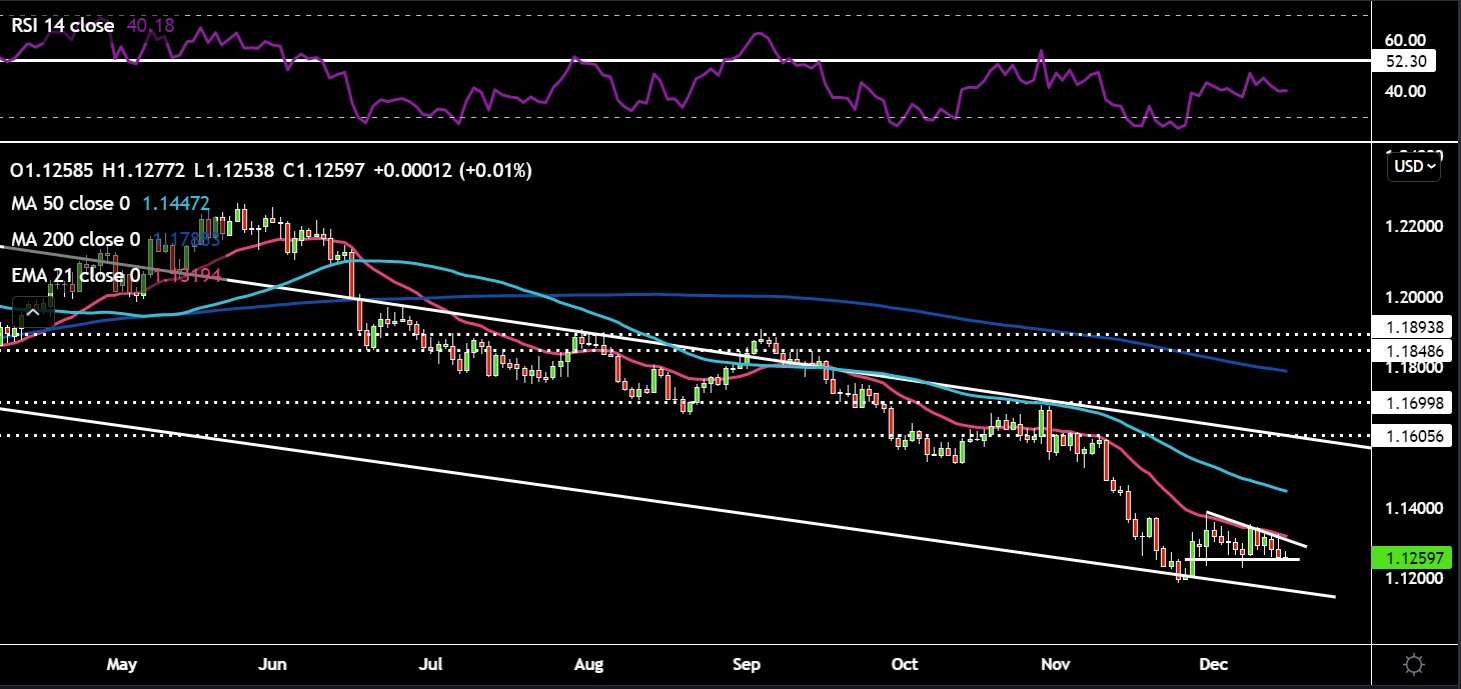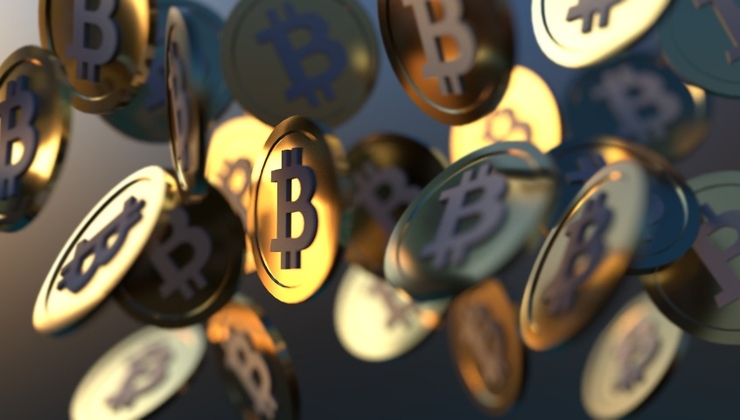- English
- Italiano
- Español
- Français
I think the ECB meeting actually has a lot more potential to cause volatility in rates and FX markets given the wider band of uncertainty around key decisions. So what are the key hawkish risk factors to be on the look out for at this meeting? 1) What form does the transition from PEPP to post-PEPP take on? 2) What proximity to 2% do the 2023 and 2024 core inflation forecasts sit at? 3) What is the rhetoric like with regards to upside inflation risks?
Post-PEPP world (1):
Let’s begin with number 1 around asset purchases. Admittedly in typical ECB fashion the asset purchases decision is looking rather convoluted with a myriad of permutations. Political pressure and hawks within the Governing Council had been pushing for the “cliff edge” scenario whereby PEPP expires at the end of March and there is significant drop in the pace of monthly purchases (circa €80bn/month declining to €20bn/month). This would likely be a shock to the market and interpreted hawkishly leading to a sell-off in rates and potentially a pop higher in euro crosses. However, uncertainties surrounding omicron will likely see a compromise between doves and hawks on the council well digested by the market. One option due to the heightened uncertainty is to kick the can to next year, providing no details on the size of purchases for the post-PEPP transition.
A Reuters article out last week did provide some further clues for analysts to comb through as an ECB source dropped some hints. The article implies that a temporary envelope could be used in conjunction with the €20bn/month of standard APP or the €20bn/month pace could be increased on its own (€40bn/month). The weakness of the APP is its limited flexibilities in relation to being able to deviate from the capital key and if this was not addressed it could lead to legal issues. The other suggestion within the article was for the ECB to use any leftover funds from the current PEPP envelope with reinvestments too to navigate the flexibility issue. However, this does seem a rather unnecessarily complicated route. The final option would be to launch a new recovery/transitionary programme set to run until the end of 2022 (simpler less complicated). This would avoid a “cliff edge” scenario and allow for flexibility in the face of increased uncertainty. By letting it run till end 22 (assuming a traditional sequencing timeline) it emphasizes the ECB’s view of rate-lift-off being very unlikely next year. We will have to see whether that’s enough for the market to dovishly price out the 10bps at the end of next year.
Inflation forecasts and rhetoric about upside risks (2&3):
Inflation has been surging in the eurozone, most recently coming in just under 5% from a headline figure with core at 2.6% (above the 2% target). The key question is whether this represents the high watermark print as non-recurring factors and base effects kick in. The new variant has muddied the waters as lockdowns can exacerbate already fragile supply chains and the switch to goods from services is inherently inflationary. Add to this record breaking natural gas prices and the risks skew to the upside. Although the euro has been weaker in dollar terms the trade weighted euro has declined much less, limiting the feed through to inflation numbers. The ECB doesn’t seem concerned about 2nd round effects or wage pressures which obviously affects the transitory assumption. Additionally, the output gap still remains fairly wide. With that in mind, I think we’ll see punchy upgrades to the near term numbers (omicron factor plus gas) and then the assumed hump shape as inflation slides towards the back end of 2022, leading to below target inflation forecasts for 2023 and 2024 (circa 1.7-1.8%). I think anything very close to 2% for 2024, say 1.95-1.98% may see some bids in the euro.
Lagarde needs to tread carefully with her communication and avoid drawing too much attention to concerns around inflation. If she spends too much time on this topic and implies it’s a group level concern amongst Governing Council members then we could see more aggressive rate hike assumptions priced in. We heard from influential member, Schnabel recently who while highlighting the upside risks to inflation mentioned structural factors which could keep inflation elevated in the coming years. If this sentiment was echoed by Lagarde then things could become interesting.
EURUSD:
EURUSD should continue to move South as a hawkish Fed opens up the divergence in front end rates, particularly the 2-year tenure and the euro remains a prime candidate to fund carry trades. The risk to this view is clearly a surprise hawkish ECB meeting which shifts the narrative and may change sentiment towards the euro. Seasonal EURUSD strength over December would be a short term tailwind if it was to transpire. The other factor to be mindful of is the unwinding of carry trades given the euro’s use as a funding currency. If risk sentiment sours due to covid or geopolitical tensions (Russia Ukraine) then this also has the potential to support the euro. Again these are more shorter term beneficiaries for the single currency as opposed to longer-term monetary policy divergence, which will be the core driver.
EURUSD continues to press up against the support line forming the descending flat sided triangle pattern. This pattern typically resolves to the downside. So could a lack of any hawkish news send EURUSD through 1.125 support and towards 1.12? On the upside there's resistance in the form of the upper trend line of the triangle pattern as well as the 21-day EMA. To the upside I'd look towards 1.135 and the 30 November high of 1.138.

Related articles
Ready to trade?
It's quick and easy to get started. Apply in minutes with our simple application process.
The material provided here has not been prepared in accordance with legal requirements designed to promote the independence of investment research and as such is considered to be a marketing communication. Whilst it is not subject to any prohibition on dealing ahead of the dissemination of investment research we will not seek to take any advantage before providing it to our clients.
Pepperstone doesn’t represent that the material provided here is accurate, current or complete, and therefore shouldn’t be relied upon as such. The information, whether from a third party or not, isn’t to be considered as a recommendation; or an offer to buy or sell; or the solicitation of an offer to buy or sell any security, financial product or instrument; or to participate in any particular trading strategy. It does not take into account readers’ financial situation or investment objectives. We advise any readers of this content to seek their own advice. Without the approval of Pepperstone, reproduction or redistribution of this information isn’t permitted.
.jpg)


